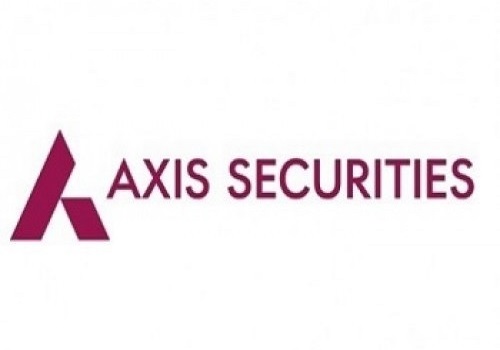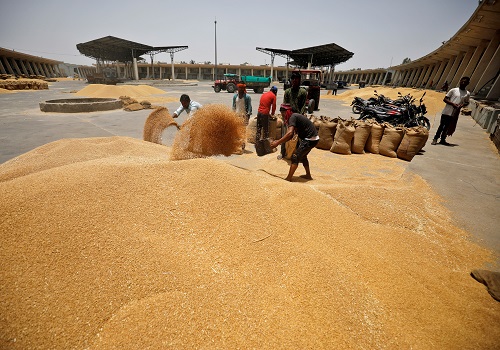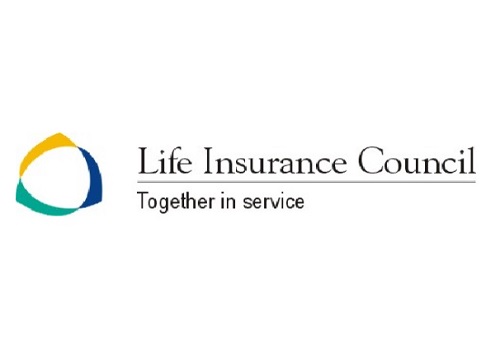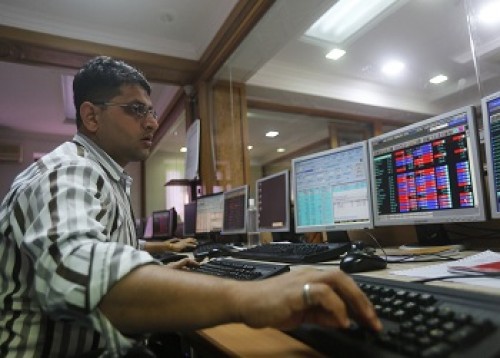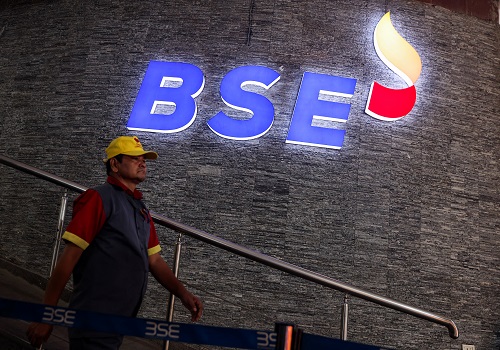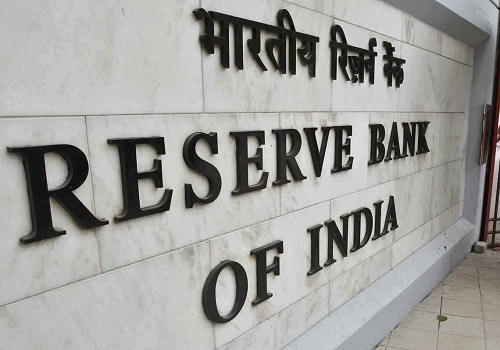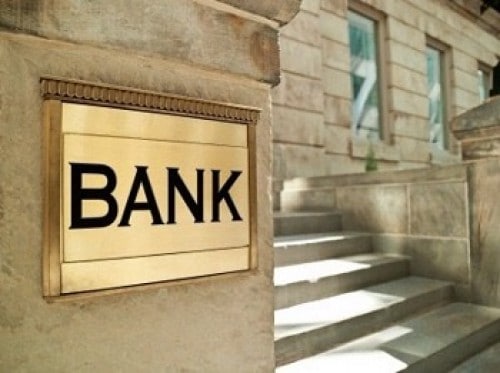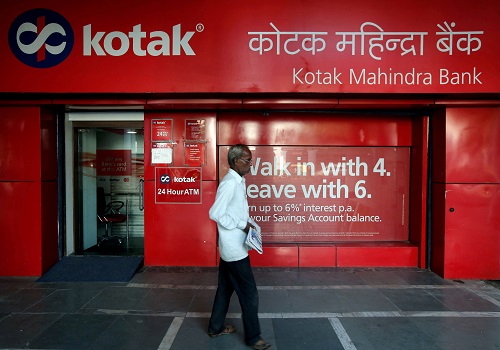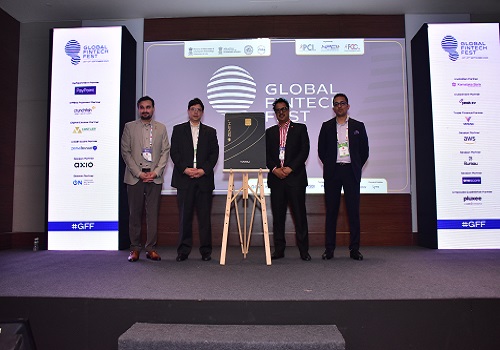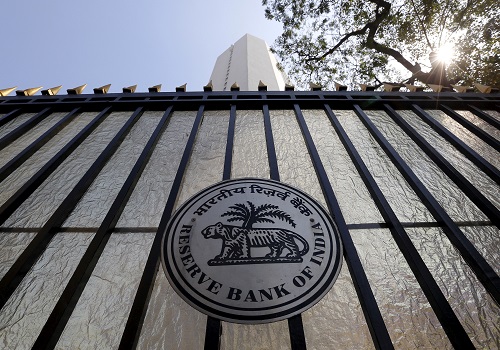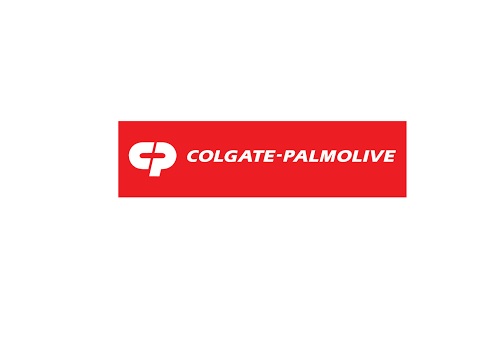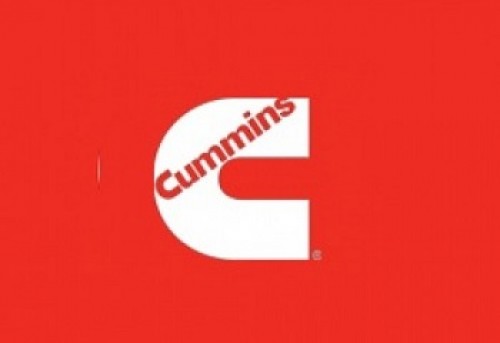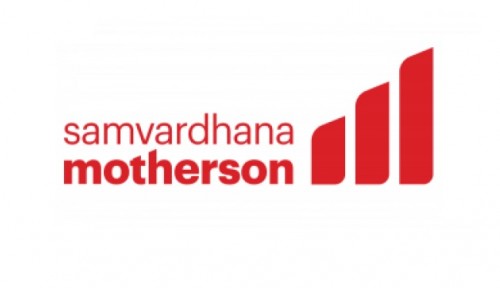Buy State Bank of India Ltd For Target Rs.571 - ICICI Securities

Follow us Now on Telegram ! Get daily 10 - 12 important updates on Business, Finance and Investment. Join our Telegram Channel
https://t.me/InvestmentGuruIndiacom
Download Telegram App before Joining the Channel
Superior credit quality performance; improved visibility towards new normal
State Bank of India’s superior credit quality performance, even in a challenging quarter, demonstrates its resilience. Slippages at 2.6%, though elevated vs FY21, were on anticipated lines dominated by SME and retail stress. Ability to pull back 30% slippages in July itself bolsters confidence on rising stress only being transitory. Cumulative restructuring too settled lower at 24% targeted upside, SBI is our preferred pick in the space.
* Slippages on expected lines, dominated by SME and retail stress: Given the challenging environment, as expected, slippages came in at 2.6% (Rs163bn) compared to 1.2% in FY21. Bulk of the slippages flowed from SME at Rs64.2bn suggesting more than 9% run-rate annualised on SME pool. SME slippages were elevated as cashflow was disrupted due to restricted economic activity. Expect faster recovery in slippages once circumstances trend towards normalcy.
Retail slippages at Rs52.7bn (2.4% run-rate) were managed better than peers, and more comforting is ~60% flowing from secured home loans particularly from self-employed customers. Agri at Rs29.2bn followed its normal annual run-rate of >5.5%. Management highlighted it has been able to pull-back Rs47.9bn of slippages in July itself. It indicated 7-89 DPD bucket collection efficiency was sustained at 92% in June and 93.5% in July.
* Resolutions and provisioning buffer to cushion credit cost: Recoveries and upgrades of Rs49.7bn and write-offs of Rs34.6bn in Q1FY21 partially offset incremental slippages driving GNPAs up to 5.32% (4.98% in FY21). Credit cost was, however, contained at <1.7% (Rs100bn). It has created additional covid provisions of Rs27bn taking cumulative covid provisioning to Rs90.65bn (40bps of advances). It has accelerated provisioning on non-fund based exposure (to the extent of Rs28bn). It built additional standard assets provisions towards some identified stressed sectors and made additional 5% provisioning over regulatory requirement on restructured pool. It recovered Rs10.9bn from one chunky account (reflected in miscellaneous income).
In FY22, it is targeting recoveries of Rs140bn from writtenoff accounts. Specific provision coverage of 68%, covid provisions at 40bps, standard assets provisions of Rs157bn (60bps) and other provisions of Rs50.5bn (~20bps of advances) suggest adequacy of provisioning. This will lower the burden on credit cost in coming quarters. We are building-in slippages of 1.7%/1.4% and credit cost of 1.3%/1.1% for FY22E/FY23E, respectively.
* Approved and pending restructuring capped at <80bps – well below estimate: Bank approved restructuring of Rs52.5bn under OTR 2.0. This is over and above restructuring of Rs129bn under OTR 1.0. SBI has Board-approved policy and structure in place. Of the cumulative restructuring, SME segment constitutes Rs36.3bn (1.3% of the book), retail personal loans Rs90bn (1%) and corporate segment Rs78bn (1%). There are applications with exposure of Rs20.6bn pending under OTR 2.0 (retail Rs17.8bn + Rs2.75bn SME). Cumulative restructuring still settles low at <80bps.
* SMA pool much lower relative to peers: SMA-2 pool (above Rs50mn) settled further lower at Rs33bn compared to Rs68bn in Q4FY21 and SMA-1 pool at <35bps. This fares better when compared with private and PSU peers.
* NIMs settle below expectations; levers available to support improvement: Q4FY21 had an adverse impact of 34bps on NIMs due to de-recognition of interest (on slippages) and ‘interest on interest’ reversals. This quarter too had interest reversals impact of 7-8bps. However, NIMs were up mere 4bps suggesting 20- 25bps lending rate reset impact on NIMs. Net interest income thereby, grew mere 2-3% YoY/QoQ to Rs276bn (missing I-Sec estimate of Rs284bn). Few visible levers that can provide support to NIMs are improved credit growth prospects, expansion in C/D ratio (from its cyclical lows), deployment of surplus liquidity and stress resolutions.
* Retail lending momentum sustains: Retail credit reported robust 16% YoY / flat QoQ growth compared to overall loan book growth of 5.8% YoY. Retail momentum was primarily led by home loans growing at 11% YoY (to Rs5.05trn), gold loans being up 339% YoY (Rs213bn) and Xpress credit growing at 34% YoY (Rs1.96trn). It has disbursed Rs10bn under Kavach loans (classified in other personal lending segment). As a result, retail mix has also inched up to 40.4% in the overall portfolio vs 36.7% a year ago.
* Unutilised sanctions and corporate proposals in pipeline boost further confidence in growth: Corporate portfolio, on the contrary, was down 2-3% YoY as well as QoQ due to under-utilisation of existing limits and run-down of exposure in power, petroleum, engineering, CRE etc. SME credit after having contracted 5% QoQ in FY21, built some momentum growing 2% QoQ and YoY. ECLGS disbursements till date are Rs270bn while outstanding has come off to Rs220bn. Management expects an opportunity to grow its corporate and SME portfolios as economic activity levels pick up.
Under-utilised sanction limit (not availed) of Rs3trn and corporate proposals of Rs1.3trn in pipeline give management some confidence to grow corporate portfolio as economic activity levels pick up. It also has sufficient capital and liquidity on balance sheet to support growth. It is optimistic about scale up of international business given credit demand in US/UK/Hong Kong towards better quality India-linked corporates. Overall, we are building-in credit growth of 11%/16% for FY22E/FY23E, respectively.
* Business acquisition cost still hovers high: Overhead costs fell 22% QoQ due to restricted business activities for a part of the quarter. However, still looked higher on YoY basis. Business acquisition and development costs have gone up as SBI has significantly ramped-up BC network and started building PSLC portfolio (of Rs600bn for one year generally) from the first quarter itself.
Employee costs rose ~5.7% YoY (slowest growth in past 6 quarters) while it fell 6.3% QoQ. Over the years, cost to income has been on a downward trajectory to 51.9% vs 53.6%/52.5%/55/7% for FY21/FY20/FY19, respectively. Increased levers of income should aid the bank to gradually reduce the ‘cost to income’ ratio further to 53% by FY23E. ‘Opex to assets’ ratio too is expected to settle around 1.8-1.9% in FY22E/FY23E.
* Well capitalised to meet near-term growth targets: For Q1FY22, CET-I stood at 9.91% (down 11bp QoQ and 23bp YoY) while overall capital adequacy ratio was healthy at 13.66% (after excluding Q1FY22 profit). Management believes current capital with internal accruals will be sufficient to manage near-term growth target.
* YONO expanding rapidly, thereby, achieving disproportionate share: SBI added 2.4mn (vs 4.1mn QoQ) registrations through its flagship YONO app in Q1FY22 taking cumulative registrations to 39.53mn till Q1FY22-end. 964k new saving accounts were opened through YONO app. Also, YONO is adding crosssell and, during the quarter, SBI was able to procure MF gross sales of Rs2.7bn through it.
To Read Complete Report & Disclaimer Click Here
For More ICICI Securities Disclaimer https://www.icicisecurities.com/AboutUs.aspx?About=7
Above views are of the author and not of the website kindly read disclaimer
